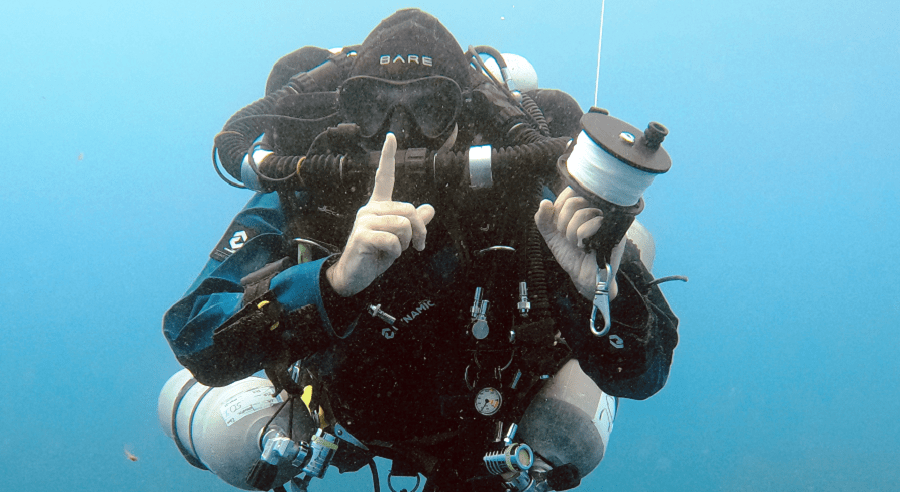
Victor Borovkov – a full Professor in College of Chemistry and Materials Science of South-Central University for Nationalities and a Senior Researcher at Department of Chemistry and Biotechnology of Tallinn University of Technology (TalTech).
Membership: Society of Porphyrins and Phthalocyanines, International Symmetry Association, Athens Institute for Education and Research, International Society for Development and Sustainability, and member of the editorial boards of Frontiers in Chemistry, Sensors, Sci, Preprints, Symmetry and others.
Interests: Chirality, supramolecular chemistry, materials science, nanotechnology, chemistry of porphyrinoids and related compounds, asymmetric catalysis, molecular devices and sensors, etc.
135 articles (including 13 reviews), 10 patents, invited and keynote speaker and organizer of numerous international and national conferences, h index = 28 (WOS and Scopus) and 30 (Google Scholar), total citations: 2785 (WOS) and 3235 (Google Scholar).
- Special issue in Symmetry (2020) on “Chiral Auxiliaries and Chirogenesis II”
- Research Topic in Frontiers in Chemistry – Supramolecular Chemistry (2020) on “Supramolecular Chirogenesis in Chemical and Related Sciences”
- International Conference on Porphyrins and Phthalocyanines (ICPP 11), 28 June- 3 July 2020, Buffalo, U.S.A.
- Symmetry Festival 2020, Sofia, Bulgaria
What is Supramolecular Chirogenesis and Chiral Nanoscience?
Supramolecular Chirogenesis and Chiral Nanoscience are fundamentally novel interdisciplinary fields of research being a smart combination of host-guest chemistry, supramolecular/nano sciences, and chiral phenomena.
Supramolecular Chirogenesis deals with the phenomenon of “symmetry breaking” in achiral multi- or unimolecular host systems by chiral guests (and vice versa) or external asymmetry influence, and is achieved by the rational application of specific non-covalent interactions via a chirality information transfer mechanism. An alternative route includes significant chirality amplification upon self-organization of chiral subunits with a low degree of asymmetry.
This phenomenon is widely observed and plays an important role in the functioning of many natural systems such as the DNA double helix, the secondary helical structure of proteins and heme proteins and various artificial systems.
Further development of these novel scientific areas will lead to new and promising environmentally-friendly chiral materials and nano-structures for various applications in the fields of asymmetric catalysis, nonlinear optics, polymer and materials science, molecular and stereospecific recognition, self-assembly, molecular devices and absolute configuration determination.
The great challenge in the 21 century chemistry is related to sustainability, and one possible solution is introduction into chemical thinking the principles of green chemistry.
What is a green chemistry?
The challenge of green chemistry is to devise sustainable strategies that meet the demand for chemical products from ever-increasing population. The greatest goal of green chemistry is eventual elimination of environmentally harmful chemical products and replacing with compounds having low toxicity and rapid biodegradability, while retaining their desired effect. Better use of chemistry and biotechnology besides advancing in development of new materials will enable increased eco-efficiency of the industry and help increase the reputation of chemical industry.
The TUTIC-GREEN project on Green Chemistry and Technology has received funding from the European Union’s Seventh Framework Program for research, technological development and demonstration and carried out in TalTech in 2014-2018.
What is chiral species and why it is ecologically hazardous?
A chiral species is a single molecule or molecular assembly that cannot be superimposed with its mirror image. Chiral molecules are consequently present as two stereoisomers, called enantiomers, and, importantly, they are the main building blocks of living organism. On a daily basis, chiral molecules are conventionally used and produced by pharmaceutical, food, agrochemical, perfume, and cosmetics industries. As a result, chiral waste becomes an extremely important issue at present. Chiral compounds can be ecologically hazardous, due to their high biological activity, creating a global pollution problem. It is of note, that enantiomers have a different impact on living organisms making it extremely important to differentiate these stereoisomers, which is extremely a difficult and challenging task and usually requires highly specific and costly instruments. Yet, the stereoisomerism of contaminants is presently not considered in detail. For example, ~25% of all pesticides produced are chiral compounds and in many cases they are used as racemic mixtures, while about 70-80% of medical drugs are enantiopure molecules.
How chemical sensor devices can help?
In this context, the development of portable chemical sensors devices which are reliable, sensitive and rapid, capable of fast, simple and real-time in situ and on site analysis for sensing and discrimination of chiral molecules presents an attractive breakthrough target compared to existing standard instrumental methods.
However, the stereoselective detection of the chiral substances with chemical sensors is an arduous task, because, in contrast to chromatography or electrophoresis, sensors rely on a single binding event and the highly efficient discrimination of the receptor is an important prerequisite. Several examples of chemical probes able of differential binding in solution have been reported so far, but their corresponding application for the development of sensor technology is still missing, with only sparse numbers of devices able of chiral discrimination. Although this approach seems to be promising for the potential development of these sensing systems, a solid and rational technological pathway for the practical implementation of chiral sensors remains a futuristic and visionary scenario.
The project H2020 FetOpen INITIO (INnovative chemIcal sensors for enantioselective detectIon of chiral pOllutants) was designed to solve these problems?
The main objective of our research project is the development of chemical sensors able to recognize chiral substances based on rationally designed sensing materials, with the aim of filling the existing gap between the production of enantioselective receptors and the realization of macroscopic devices. This strategy enables a novel sensor technology for the development of sensing systems able of chiral discrimination. The success of the INITIO project (2019-2021) will also open the way to a further potential application of the developed devices for chiral pollutants removal, allowing prompt remedial procedures in an unprecedented environmental “theranostic” approach.
Further prospects in this field will include not only smart and cost-effective detection of chiral pollutant but subsequent recycling and utilization of chiral waste to produce useful enantiopure intermediates and compounds to be used in chemical, pharmaceutical, agrochemical and other industries.
Interview: Ivan Stepanyan










